Unsolicited Cover Letter Template for Job Seekers
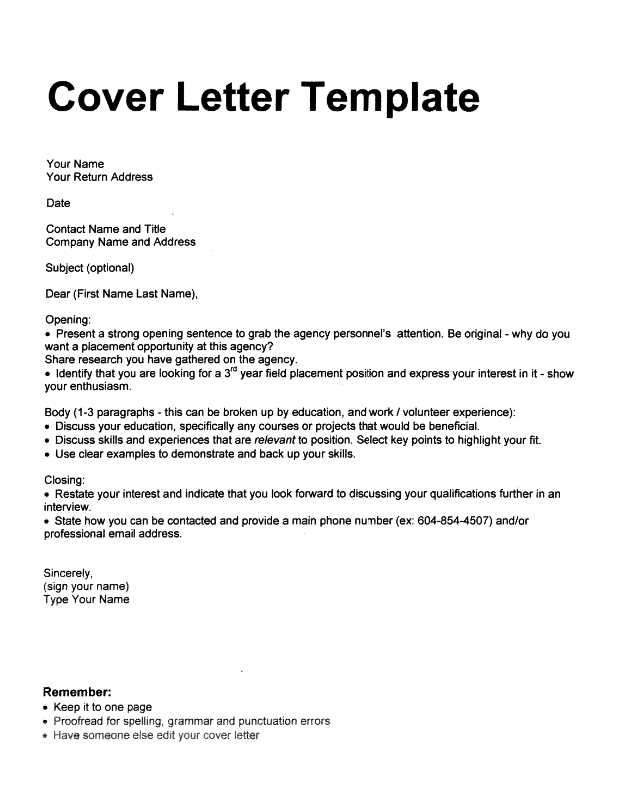
Sending a job inquiry without a specific vacancy in mind can be a bold and effective strategy when trying to catch an employer’s attention. It demonstrates initiative and a proactive approach to finding opportunities. Crafting a thoughtful message tailored to the company’s values and needs can set you apart from other candidates who are only responding to advertised positions.
Writing a persuasive introduction to a potential employer requires attention to detail. By highlighting your skills and showing genuine interest in the company, you can create a lasting impression. A well-constructed request can open doors even when no job listing is available.
Instead of focusing on a particular position, your communication should emphasize the unique value you can bring to an organization. This method can lead to new opportunities that were not initially visible in job postings.
Why Write an Unsolicited Cover Letter
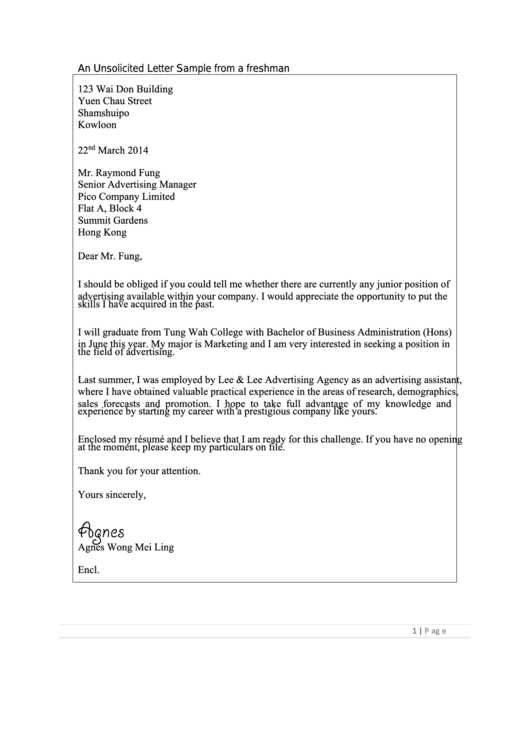
Taking the initiative to reach out to a company before they post a job opening can showcase your enthusiasm and proactive attitude. This approach allows you to present yourself as a forward-thinking candidate, ready to offer value to the organization even when no positions are currently available. By showing interest in a company, you stand out as someone who is genuinely invested in their mission and growth.
Being proactive in this way opens doors that may not be visible through traditional job applications. Many companies do not publicly list all their available roles, and making direct contact could reveal hidden opportunities. It also demonstrates your determination and resourcefulness, traits that employers often value.
Additionally, reaching out before a job listing exists gives you a chance to express how your specific skills align with the company’s needs, creating a compelling case for why they should consider you for future roles. It can also help you build a personal connection with hiring managers, which can lead to valuable networking opportunities.
How to Structure Your Letter
When composing a message to a potential employer, organization, or hiring manager, it’s essential to maintain a clear and professional structure. Your communication should guide the reader through your qualifications and interests while remaining concise and focused on the company’s needs. Organizing your message thoughtfully can leave a strong impression and demonstrate your ability to communicate effectively.
Start with a strong introduction that briefly states your purpose for writing. Be sure to mention how you learned about the company or express your admiration for their work. This will immediately grab the reader’s attention and create a personal connection.
Next, highlight your skills and experience that are most relevant to the company’s objectives. Focus on the value you bring, not just what you’re looking for. It’s important to show that you’ve researched the company and that your expertise aligns with their goals.
Finally, end with a confident closing, expressing your eagerness to connect and discuss how you can contribute to their success. Be polite and professional, and make sure to include your contact details for follow-up.
Best Practices for Professional Tone
Maintaining a professional tone in your communication is key to making a positive impression on potential employers or clients. Your message should reflect respect, clarity, and confidence, while avoiding overly casual language. A polished tone helps convey that you are serious about the opportunity and value the recipient’s time.
Use Clear and Polite Language
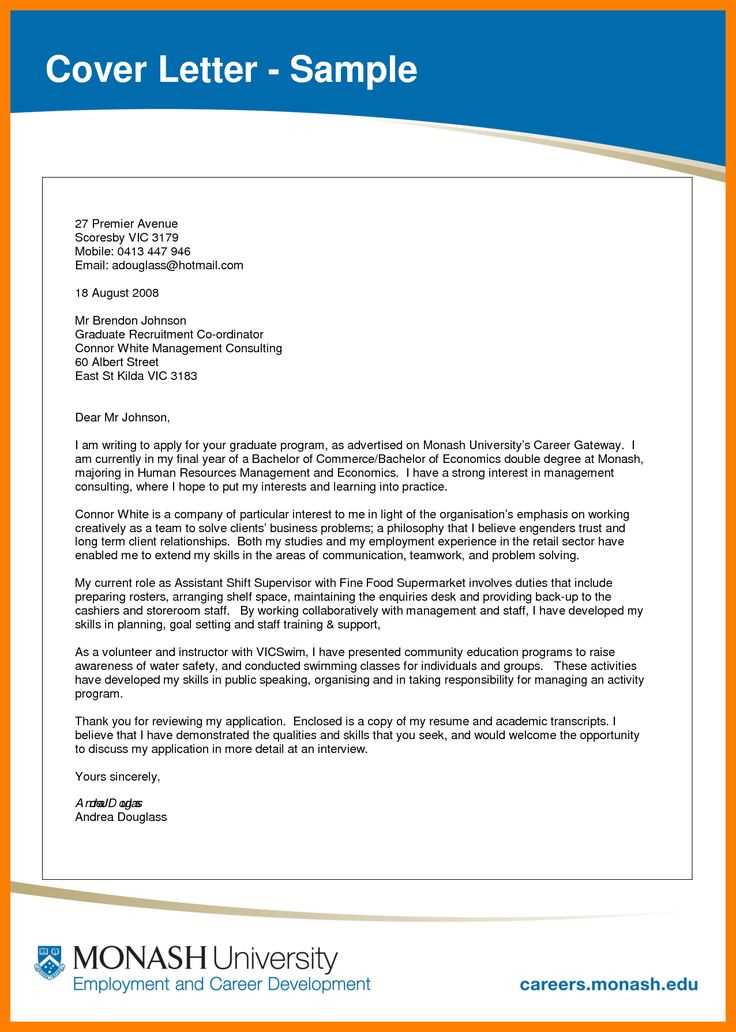
Begin by addressing the recipient formally and use clear, concise sentences. Avoid slang, overly casual expressions, or jargon that may not be understood by everyone. Politeness is essential, as it sets the right atmosphere for future conversations.
Show Confidence Without Overstatement
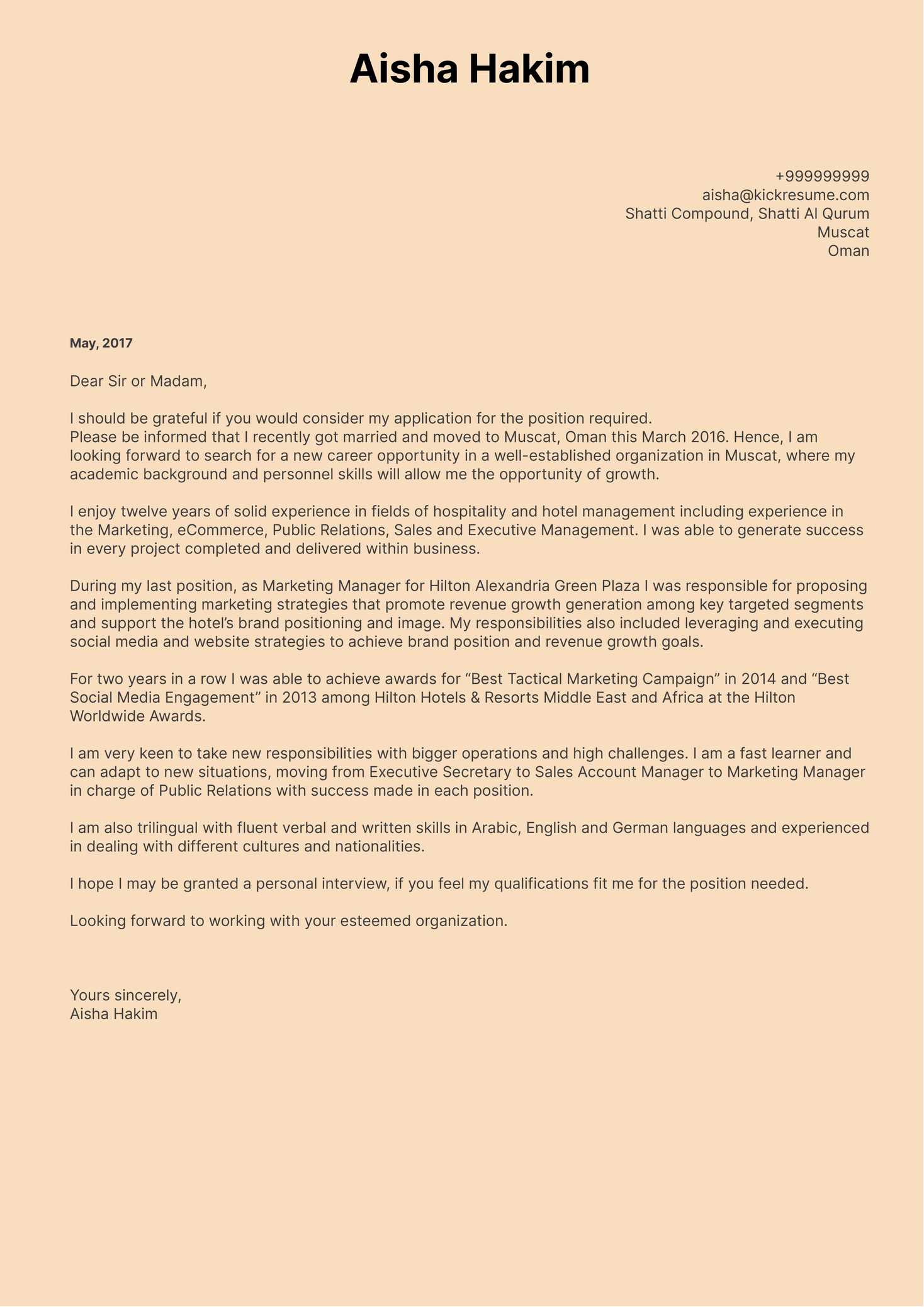
Confidence is important, but make sure it doesn’t come across as arrogance. Emphasize your strengths and achievements in a way that aligns with the company’s needs, without exaggerating. Being confident yet humble will resonate well with your audience and convey professionalism.
By following these best practices, you ensure your communication is respectful, effective, and appropriate for a business setting.
Personalizing Your Message for Employers
To stand out from other candidates, it’s essential to tailor your communication to each specific employer. Personalizing your message shows that you’ve taken the time to research the company and are genuinely interested in working with them. A generic message will be less effective than one that speaks directly to the organization’s values and needs.
Research the Company and Its Culture
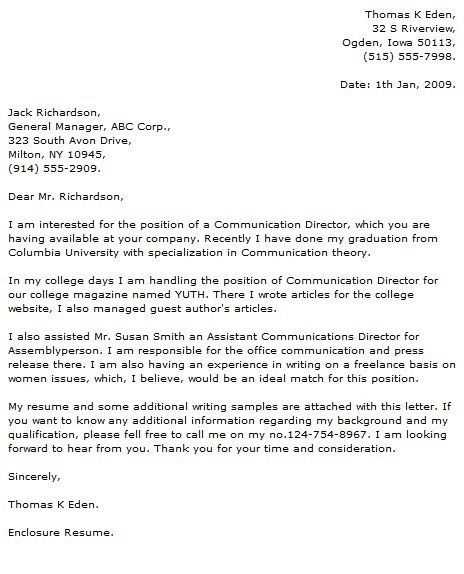
Start by gathering information about the company’s mission, goals, and work culture. Understanding what they value and how they operate allows you to align your skills and experiences with their objectives. Mentioning specific projects or company initiatives shows you’re knowledgeable and invested in their success.
Address the Right Person
Whenever possible, find out the name of the person who handles hiring or talent acquisition. Addressing your message to a specific individual rather than a generic “Hiring Manager” will make your communication feel more direct and personal. It also shows that you’ve made the effort to learn more about the company’s structure.
By customizing your message in this way, you demonstrate that you are both proactive and genuinely interested in the organization, which greatly increases your chances of a positive response.
Common Mistakes to Avoid in Letters
When reaching out to potential employers, it’s easy to make mistakes that can negatively impact your chances of making a good impression. Being aware of common pitfalls and avoiding them will ensure your communication is professional, clear, and effective. Below are some of the most frequent errors to keep in mind when drafting your message.
Failure to Personalize
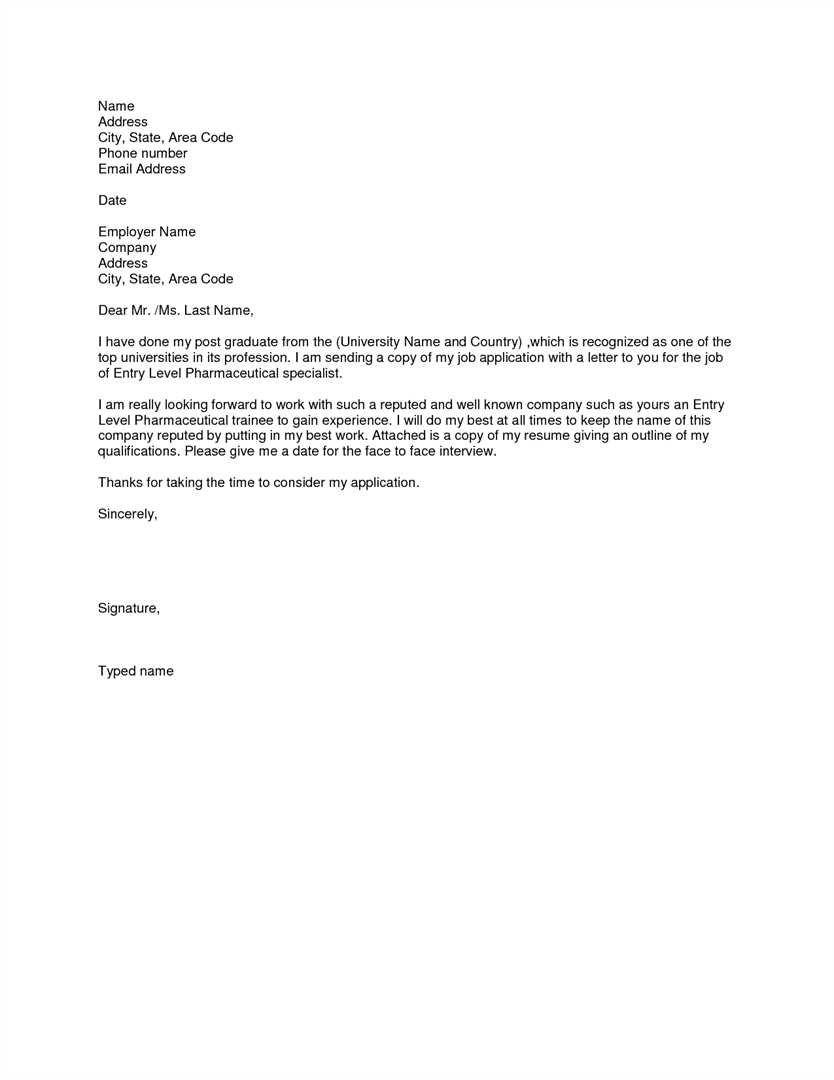
One of the biggest mistakes is sending a generic message that doesn’t address the company or recipient specifically. Always tailor your communication to the employer, referencing their values and needs. Here are some common issues:
- Using a generic greeting such as “Dear Sir/Madam” instead of addressing the hiring manager by name.
- Not mentioning specific details about the company or its work culture.
- Sending the same message to multiple employers without customization.
Overloading with Information
While it’s important to provide relevant details about your experience and skills, being too detailed can overwhelm the reader. Keep your message concise and to the point. Avoid:
- Including irrelevant personal information or work experience that doesn’t align with the company’s needs.
- Writing lengthy paragraphs that make the message harder to read and digest.
- Repeating the same information already available on your resume or profile.
By focusing on quality over quantity and avoiding these common errors, you’ll increase your chances of engaging the reader and getting noticed by employers.
How to Follow Up After Sending
Once you’ve sent your communication to a potential employer, it’s important to follow up to ensure that your message was received and to express continued interest. A thoughtful follow-up not only shows your enthusiasm but also reinforces your professionalism. Here’s a guide on how to effectively follow up without being too persistent.
Timing is crucial when sending a follow-up message. You don’t want to reach out too soon, but you also don’t want to wait too long. Generally, waiting about a week after your initial contact is a good rule of thumb.
| Action | Timing | Message Tone |
|---|---|---|
| Initial Follow-Up | 1 Week After Sending | Polite, brief, and reaffirm your interest in the company. |
| Second Follow-Up (if necessary) | 2 Weeks After Initial Follow-Up | Friendly reminder, express continued enthusiasm, and request a status update. |
| Final Follow-Up | 1 Month After Sending | Thank them for their time, express willingness to connect in the future, and leave the door open. |
By following these guidelines and maintaining a professional and respectful tone, you increase the likelihood of receiving a response while showing persistence without overstepping boundaries.